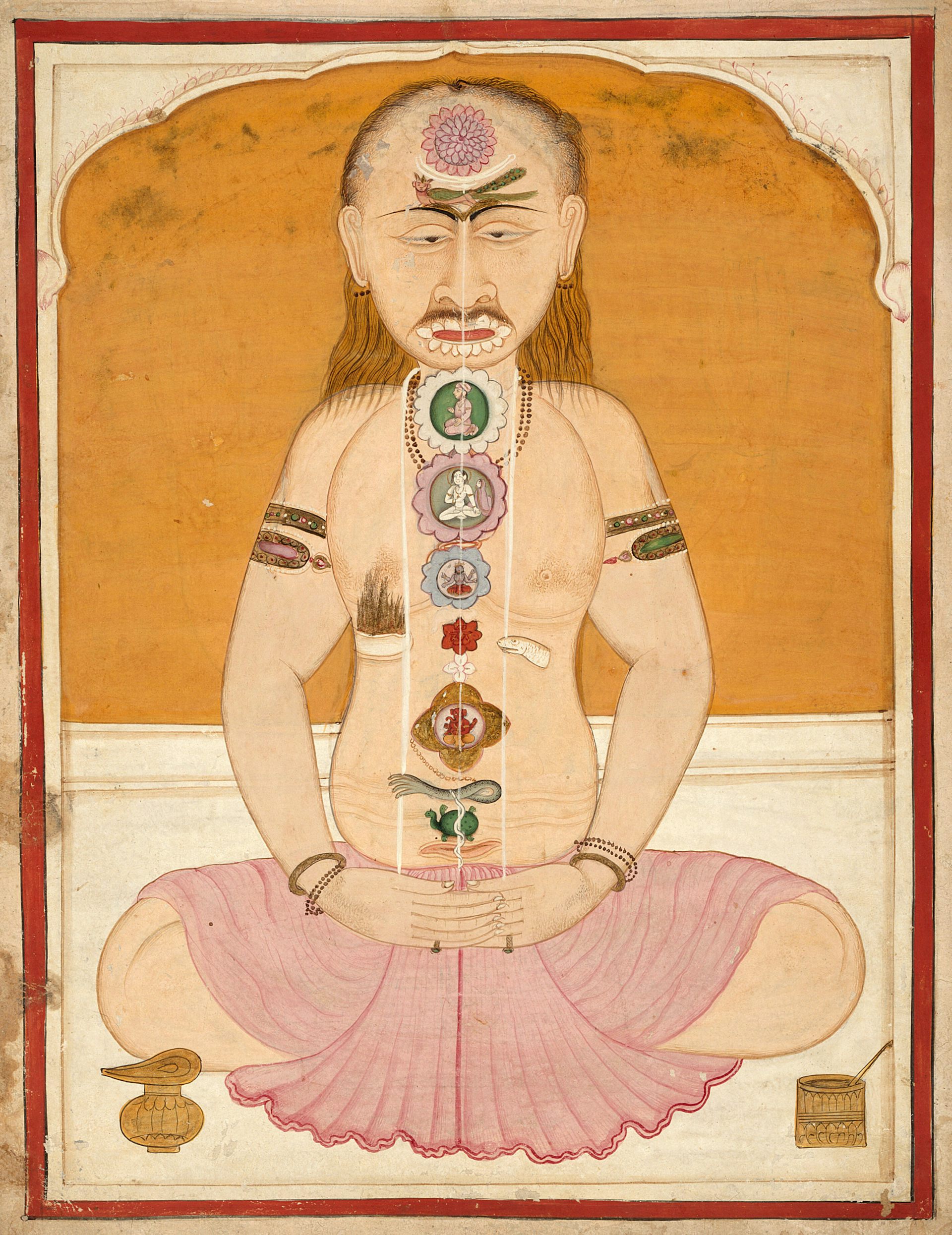This Valentine’s Day, try loving-kindness meditation
If you’re feeling disconnected from others, or just disenchanted with the day, you might consider trying loving-kindness meditation, writes a scholar of mindfulness.

Most people love love, but not everyone loves Valentine’s Day.
When it was first invented in the 1300s in medieval Europe, this holiday was a celebration of romantic love, the coming of spring and the freedom to choose a partner, rather than having one chosen for you.
Today that ancient and optimistic message remains but is often buried under a pile of consumer goods – chocolates, cards, stuffed animals, plastic toys, expensive dinners and roses that cost so much more than you think.
The archetypical image of this holiday is Cupid shooting a person with an arrow that makes them go mad with physical desire.
Yet love is one of the richest and most diverse human emotions. There are many ways to experience love – so this holiday, as a scholar of mindfulness and communication, I encourage you to try out a practice of “metta,” or loving-kindness.
What is loving-kindness?
Loving-kindness, or metta, is the type of love praised and practiced by Buddhists around the world, and it is very different from romantic love. It is described as “limitless” and “unbounded” love.
In the ancient Pali language, the word “metta” has two root meanings. The first is “gentle,” in the sense of a gentle spring rain that falls on young plants without discrimination. The second is “friend.” A metta friend is a true friend – someone who is always there for you without fail and without demanding anything in exchange, or someone who supports you when you’re in pain and who is happy for you when you’re happy, without a tinge of jealousy.
Metta is a kind of love that is offered without any expectation of return. It is not reciprocal or conditional. It does not discriminate between us and them, or worthy and unworthy. To practice metta meditation is to give the rarest gift: a gift that does not demand a return.
The Buddha describes how to practice this love in an early discourse called the “Karaniya Metta Sutta.”
A group of monks approach the Buddha complaining about the spirits living in the forest causing nearby villagers to suffer. The Buddha advises against fighting or driving them away. Instead, he encourages practicing boundless love toward them, wishing them happiness, peace and ease.
The monks do as recommended, practicing loving-kindness meditation for several weeks. Over time, noticing how happy the monks became, the spirits began to practice loving-kindness, too, because they also wanted to be happy. The practice changed the spirits’ behavior, and they stopped harassing the villagers.
How to practice loving-kindness
In the fifth century, a Sri Lankan monk named Buddhaghosa composed an important meditation text called the Visuddhimagga, or “The Path of Purification.” This text is sacred to Theravada Buddhists.
Buddhaghosa provides instructions for how to practice loving-kindness meditation. Contemporary teachers adapt and modify these instructions. However, the general format of this meditation tends to be consistent.
Loving-kindness meditation begins with a practice of mindfulness in order to calm the mind and body and to remember to come back to the now.
Next, this meditation involves softly reciting several traditional phrases and visualizing an audience who will receive loving-kindness as these words are spoken. The phrases are:
May I/you/they/we be filled by loving-kindness
May I/you/they/we be safe from inner and outer dangers.
May I/you/they/we be well in body and mind.
May I/you/they/we be at ease and happy.
Traditionally, the meditation starts with yourself – the pronoun will be “I.” Then, the meditation involves picturing a beloved person – and it does not even have to be a person; it can be a pet or an animal – and directing loving-kindness to them. The pronoun in the meditation will change to “you.”
After this, the meditation involves directing loving-kindness to a wider circle of friends and loved ones – the pronoun will change to “they.” Finally, the meditation involves gradually including more and more people in your well wishes: the folks in your community and town, people everywhere, animals and all living beings, and the whole Earth, and the pronoun will change to “we.”
Many versions of this meditation invite practitioners to express metta for people who have caused them difficulty, including to someone seen to be an “opponent.”
However, teachers including the Zen master, poet and peace activist Thich Nhat Hanh recommend practicing this type of metta meditation only once you are well established in directing loving-kindness at yourself and those you are close to.
Why practice loving-kindness meditation?
Clinical research shows that loving-kindness meditation has a positive effect on mental health. It could help lessen anxiety and depression, increase life satisfaction and improve self-acceptance; it could also reduce self-criticism.
There is also evidence that loving-kindness meditation increases a sense of connection. Practicing loving-kindness could increase happiness while strengthening feelings of kinship with all living beings, a few of the benefits of metta meditation described by the Buddha in the Karaniya Metta Sutta.
So if you’re feeling disconnected from others, ill at ease or just disenchanted with a holiday that has become overrun by capitalism on this Valentine’s Day, you might consider trying loving-kindness meditation.
Jeremy David Engels does not work for, consult, own shares in or receive funding from any company or organization that would benefit from this article, and has disclosed no relevant affiliations beyond their academic appointment.
Read These Next
Outside the West, the Kundalini tradition presents a model of the ‘divine feminine’ beyond binary ge
Drawn from tantric traditions, Kundalini points to spiritual practices that go beyond traditionally…
What 38 million obituaries reveal about how Americans define a ‘life well lived’
Obituaries reveal shifting cultural values across time and place. Here’s a glimpse into how the moral…
Meditating on the connectedness of life could help reunite a divided country – here’s how ‘interbein
Meditation can change our perceptions about things we encounter in our daily lives − revealing the…






